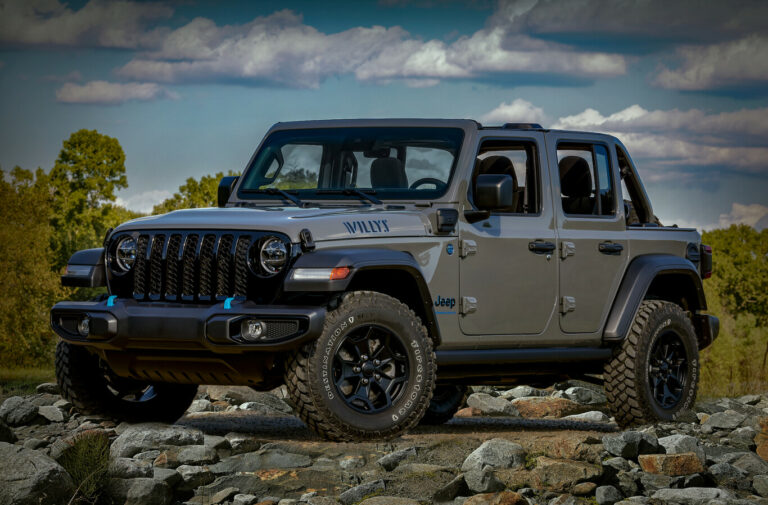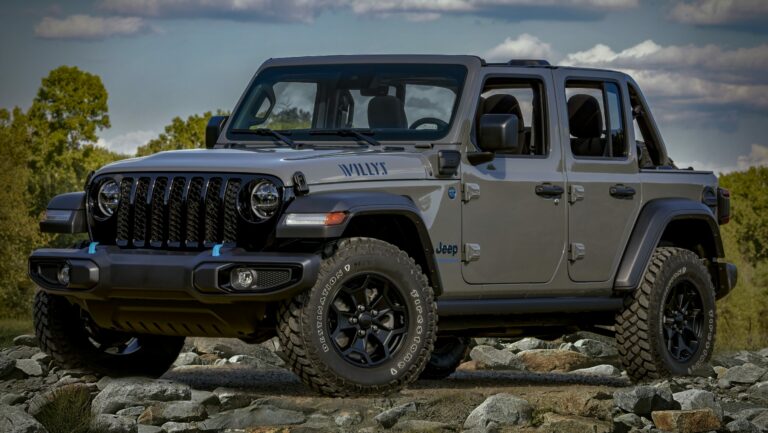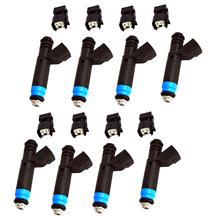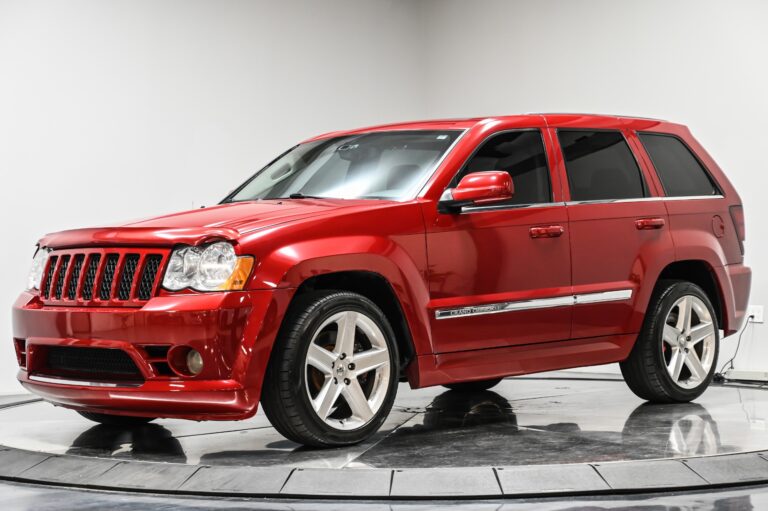Jeep Wrangler 2 Door Vs 4 Door Legroom: Navigating the Interior Space Divide
Jeep Wrangler 2 Door Vs 4 Door Legroom: Navigating the Interior Space Divide jeeps.truckstrend.com
The Jeep Wrangler is more than just an SUV; it’s an icon of adventure, off-road capability, and a distinctly American spirit. For decades, it has captivated enthusiasts with its rugged charm and open-air freedom. However, when considering a Wrangler purchase, one of the most critical decisions often boils down to a seemingly simple choice: the 2-door or the 4-door model. While the number of doors might appear to be the primary differentiator, it profoundly impacts a less obvious yet highly significant aspect of the vehicle: legroom. Understanding the nuances of legroom between the Jeep Wrangler 2-door and 4-door models is paramount for potential buyers, as it directly influences passenger comfort, practicality for daily driving, and overall utility, making it a crucial factor in finding your perfect off-road companion.
This comprehensive guide will delve deep into the legroom comparison, offering a detailed analysis to help you make an informed decision that aligns with your lifestyle and needs.
Jeep Wrangler 2 Door Vs 4 Door Legroom: Navigating the Interior Space Divide
Understanding the Basics: Jeep Wrangler Configurations
Before dissecting the legroom specifics, it’s essential to grasp the fundamental differences between the two Wrangler configurations. The 2-door Wrangler (often referred to by its JL designation for the current generation) embodies the classic, traditional Jeep aesthetic. It boasts a shorter wheelbase, making it exceptionally agile and maneuverable, particularly in tight off-road scenarios.
The 4-door Wrangler (JLU), introduced later, extends the traditional Wrangler platform by adding two rear doors and a significantly longer wheelbase. This expansion was a direct response to consumer demand for more practicality, aiming to bridge the gap between hardcore off-roading and family-friendly utility. It’s this extended wheelbase that primarily dictates the difference in interior space, especially when it comes to accommodating passengers.
Front Legroom: A Level Playing Field?
When it comes to the front cabin, both the 2-door and 4-door Jeep Wranglers share a remarkably consistent design. This means that front legroom is virtually identical across both configurations. Drivers and front passengers will experience the same spaciousness, regardless of whether they choose the shorter or longer wheelbase model.
For the current generation (JL/JLU), both the 2-door and 4-door Wranglers typically offer approximately 41.2 inches of front legroom. This generous measurement provides ample space for most adults, allowing for comfortable seating positions even on longer journeys. The shared dashboard, center console, and pedal placement ensure that the cockpit experience is largely uniform.
This consistency in front legroom is a significant advantage, as it means the primary decision-making factor will shift to the rear seating area. Drivers won’t have to compromise on their personal comfort based on the door count, allowing them to focus on the more pressing rear passenger considerations. Factors like seat adjustability (manual vs. power), steering wheel tilt/telescope, and personal driving posture will have a greater impact on perceived front legroom than the number of doors.
Rear Legroom: Where the Battle is Won

This is where the rubber meets the road – or rather, where the knees meet the seatback. The most significant and impactful difference in interior space between the 2-door and 4-door Jeep Wranglers is undeniably in the rear legroom. The extended wheelbase of the 4-door model is specifically designed to accommodate a more spacious rear passenger compartment, addressing one of the classic Wrangler’s long-standing limitations.
- Jeep Wrangler 2-Door Rear Legroom: Approximately 35.7 inches
- Jeep Wrangler 4-Door Rear Legroom: Approximately 38.3 inches

This seemingly modest difference of 2.6 inches might not sound substantial on paper, but in the confined space of a vehicle cabin, it translates into a world of difference for rear passengers.
Practical Implications of the Rear Legroom Difference:
- Adult Passenger Comfort:
- 2-Door: The 35.7 inches in the 2-door is acceptable for children and smaller adults on short trips. However, taller adults (over 5’10") will likely find their knees pressed against the front seatbacks, making longer journeys uncomfortable or even unbearable. Entry and exit are also more cumbersome, requiring front seats to be folded and slid forward.
- 4-Door: The 38.3 inches in the 4-door provides noticeably more knee room. This extra space makes a significant difference for average-sized adults, allowing them to sit more comfortably for extended periods. While it’s not limousine-like, it transforms the rear from a temporary perch to a genuinely usable space for two adults.

- Child Seats and Boosters:
- 2-Door: Installing rear-facing infant car seats can be a challenge due to limited space and the difficulty of maneuvering the seat into position. Forward-facing and booster seats are more manageable, but the overall lack of space can still be restrictive, especially if the front seats are pushed back.
- 4-Door: The increased legroom and, crucially, the dedicated rear doors, make installing and accessing child seats much simpler. There’s more room to maneuver the seat, and connecting LATCH anchors is less of a struggle. This is a critical factor for families with young children.
- Long Trips vs. Short Commutes:
- If your primary use involves solo driving or occasional short trips with a passenger, the 2-door’s rear legroom might suffice.
- If you frequently transport more than one passenger, embark on road trips, or use your Wrangler as a family vehicle, the 4-door’s additional legroom is almost a necessity for passenger comfort and sanity.
- Ease of Entry/Exit:
- The 2-door Wrangler requires rear passengers to clamber past the folded front seats, which can be awkward, especially for less agile individuals or those carrying bags.
- The 4-door’s dedicated rear doors offer direct, easy access to the back seat, making it significantly more convenient for all passengers.
Beyond Legroom: Other Interior Space Considerations
While legroom is a primary concern, other interior dimensions also contribute to the overall feeling of spaciousness and practicality:
- Headroom: Both 2-door and 4-door Wranglers offer generous headroom, largely due to their boxy design. This is generally not a differentiating factor between the two models. Expect around 40-42 inches of headroom in both front and rear.
- Shoulder and Hip Room: These dimensions are largely determined by the vehicle’s overall width, which is consistent between the 2-door and 4-door models. Therefore, shoulder and hip room for passengers in both configurations will be similar. The rear seat of a Wrangler, regardless of door count, is generally more comfortable for two adults than three.
- Cargo Space: This is another major area where the 4-door model excels. The longer wheelbase not only provides more passenger legroom but also significantly increases cargo volume behind the rear seats.
- 2-Door Wrangler: Limited cargo space, especially with the rear seats up (around 12.9 cubic feet).
- 4-Door Wrangler: Substantially more cargo room (around 31.7 cubic feet behind the second row), making it far more practical for groceries, luggage, or gear.
Practical Implications & Choosing the Right Wrangler
Deciding between the 2-door and 4-door Wrangler ultimately boils down to your specific needs and priorities.
Who is the 2-Door Wrangler For?
- Solo Drivers or Couples: If you rarely carry rear passengers, the limited rear legroom is a non-issue.
- Off-Road Purity Enthusiasts: The shorter wheelbase offers superior breakover angles and maneuverability on challenging trails.
- Urban Dwellers: Easier to park and navigate tight city streets.
- Budget-Conscious Buyers: Generally, the 2-door models have a lower starting MSRP.
- Nostalgia and Classic Appeal: It embodies the original Jeep spirit.
Who is the 4-Door Wrangler For?
- Families (especially with young children): Essential for car seat installation and passenger comfort.
- Frequent Passengers: If you regularly carpool or take friends out, the extra legroom is invaluable.
- Road Trippers: More comfortable for all occupants on long journeys, plus more cargo space.
- Daily Drivers: The added practicality makes it a more versatile vehicle for everyday life.
- Those Needing More Cargo Space: Significantly more utility for gear, groceries, or luggage.
Actionable Insights & Practical Advice:
- Assess Your Passenger Needs: Be brutally honest. How often will you have rear passengers? What age/size are they?
- Consider Future Use: Is a family on the horizon? Will your lifestyle change in the next 3-5 years?
- Test Drive Both: This is non-negotiable. Bring your typical passengers (especially children with their car seats) and try getting in and out of the rear of both models. Spend time sitting in the back.
- Think About Your Off-Roading Style: While the 4-door is highly capable, the 2-door has an edge in extreme articulation and tight turns. For most casual to moderate off-roaders, the 4-door is perfectly adequate.
- Budget and Resale: While the 2-door is cheaper upfront, the 4-door often holds a stronger resale value due to higher demand for its practicality.
Jeep Wrangler 2-Door Vs 4-Door Legroom & Starting Price Comparison (Approx. 2024 Models)
| Feature / Model | Jeep Wrangler 2-Door (JL) Sport S | Jeep Wrangler 4-Door (JLU) Sport S |
|---|---|---|
| Front Legroom | ~41.2 inches (104.6 cm) | ~41.2 inches (104.6 cm) |
| Rear Legroom | ~35.7 inches (90.7 cm) | ~38.3 inches (97.3 cm) |
| Rear Headroom | ~40.7 inches (103.4 cm) | ~40.7 inches (103.4 cm) |
| Cargo Volume (Rear Seats Up) | ~12.9 cubic feet (0.36 m³) | ~31.7 cubic feet (0.90 m³) |
| Starting MSRP (Approx.) | ~$36,500 – $38,500 (e.g., Sport S) | ~$40,500 – $42,500 (e.g., Sport S) |
Note: Prices are approximate starting MSRPs for the 2024 model year and can vary significantly based on trim level, options, dealer, and current incentives. Legroom measurements may have slight variations depending on the source.
Frequently Asked Questions (FAQ)
Q1: Is the front legroom different between the 2-door and 4-door Jeep Wrangler?
A1: No, the front legroom is virtually identical for both 2-door and 4-door Wrangler models, typically around 41.2 inches. The cockpit design is shared, ensuring consistent front-seat comfort.
Q2: How much more rear legroom does the 4-door Wrangler have?
A2: The 4-door Wrangler has approximately 2.6 inches more rear legroom than the 2-door model (38.3 inches vs. 35.7 inches). This seemingly small difference significantly impacts passenger comfort.
Q3: Can adults sit comfortably in the back of a 2-door Wrangler?
A3: For short trips, smaller adults might be tolerable. However, for average to taller adults or longer journeys, the 2-door’s rear legroom of 35.7 inches is generally considered cramped and uncomfortable.
Q4: Which Wrangler is better for car seats and families?
A4: The 4-door Wrangler is unequivocally better for car seats and families. Its dedicated rear doors and significantly more rear legroom make installation easier and provide more space for children, especially those in rear-facing infant seats.
Q5: Does legroom vary by trim level (e.g., Sport vs. Rubicon)?
A5: No, legroom specifications are consistent across all trim levels (Sport, Sahara, Rubicon, etc.) for a given body style (2-door or 4-door) within the same generation. Interior dimensions are based on the vehicle’s core platform, not its trim.
Q6: Does the 4-door Wrangler handle differently off-road due to its length?
A6: Yes, the longer wheelbase of the 4-door Wrangler can affect its off-road performance. While it offers more stability on inclines and declines, its longer length can lead to a reduced breakover angle, making it more prone to "high-centering" on very steep obstacles compared to the shorter 2-door. However, for most off-road scenarios, the 4-door remains highly capable.
Concluding Summary
The choice between a 2-door and 4-door Jeep Wrangler is a pivotal one, with legroom standing out as a primary differentiator. While front legroom remains consistent across both models, the 4-door Wrangler significantly outpaces its 2-door counterpart in rear legroom, offering a crucial 2.6 inches of additional space. This seemingly small difference transforms the rear cabin from a tight, occasional-use area into a genuinely practical space for passengers and child seats. Ultimately, the decision hinges on your lifestyle: the classic 2-door appeals to the minimalist adventurer focused on extreme off-road agility and iconic styling, while the 4-door provides the versatility and comfort needed for families, frequent passengers, and daily driving. By carefully considering your passenger needs and conducting thorough test drives, you can confidently choose the Jeep Wrangler that perfectly fits your journey, wherever the road (or trail) may lead.







